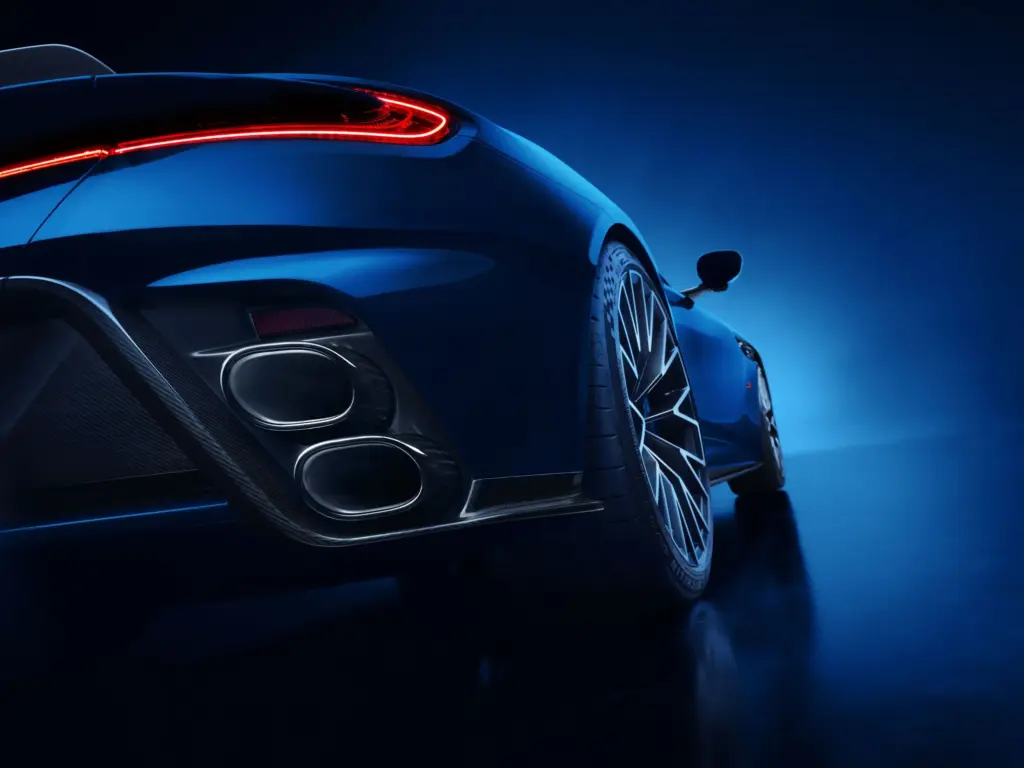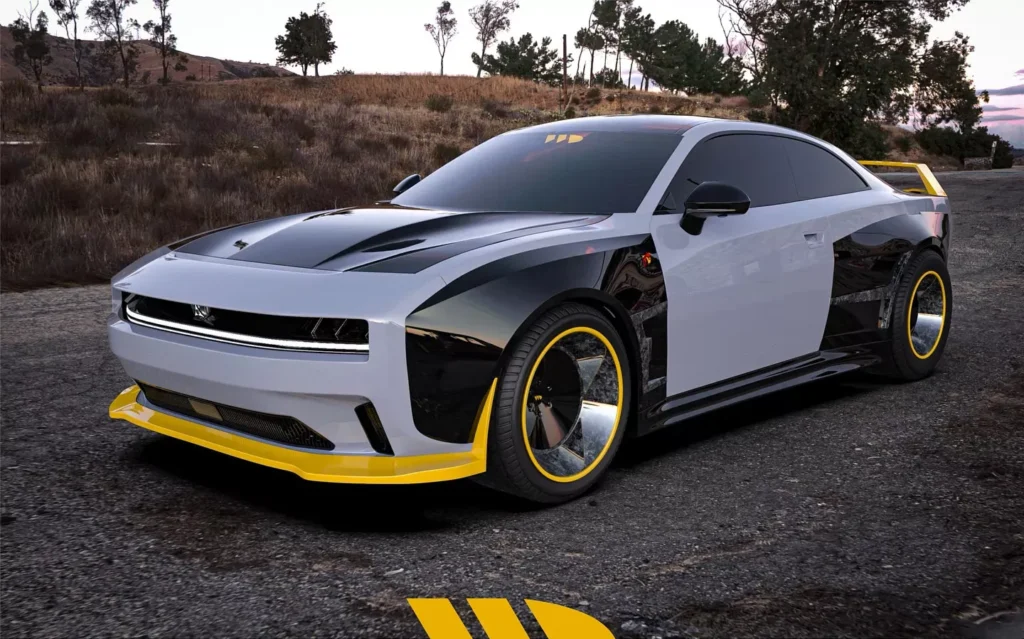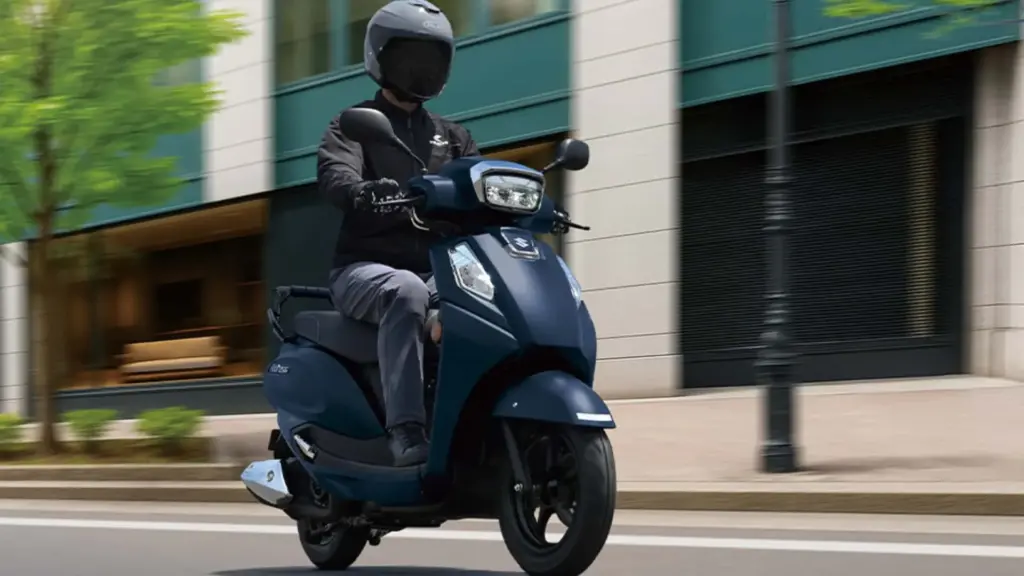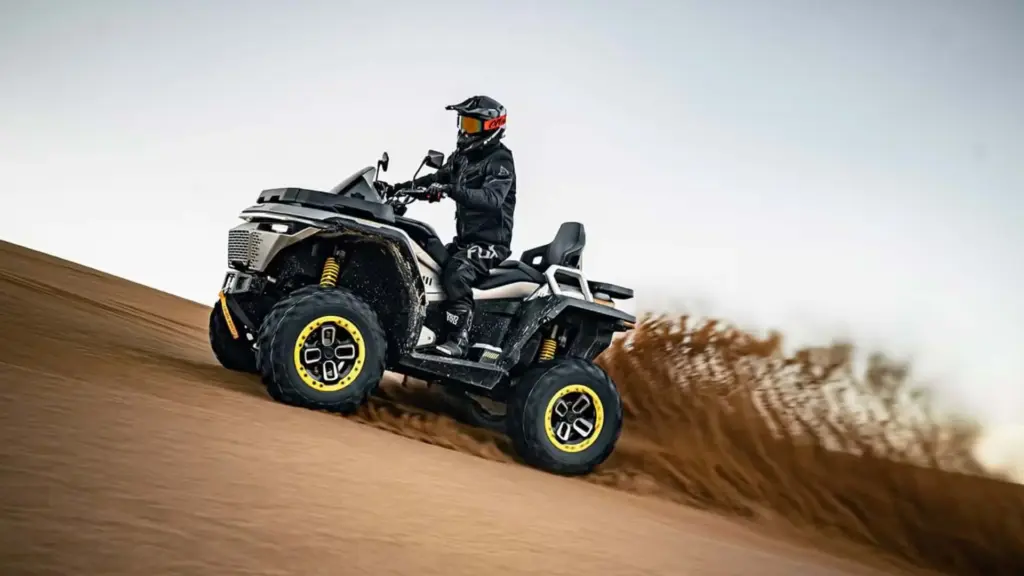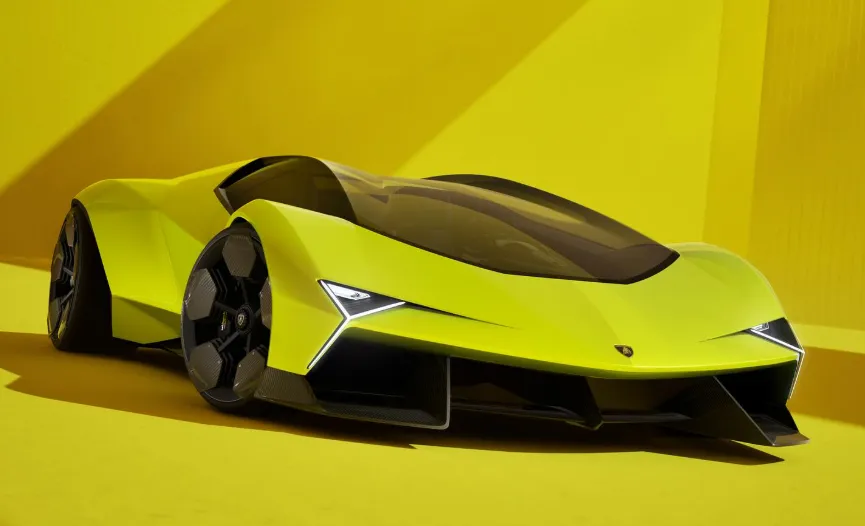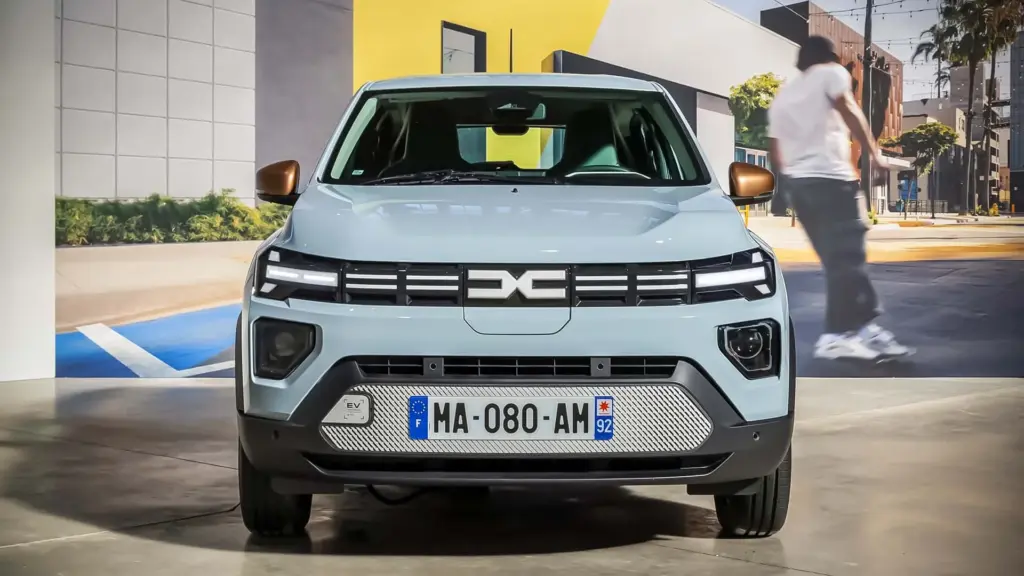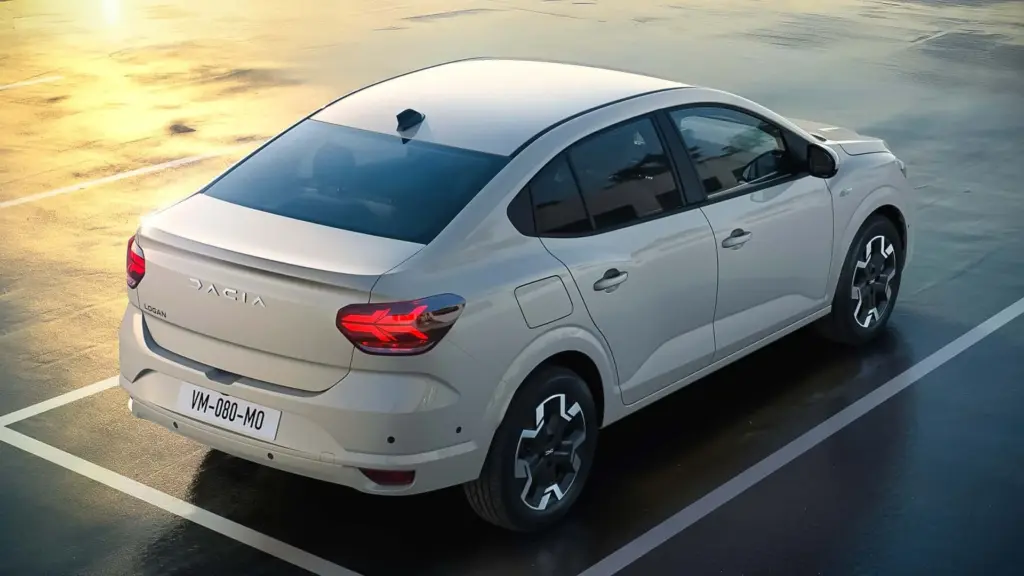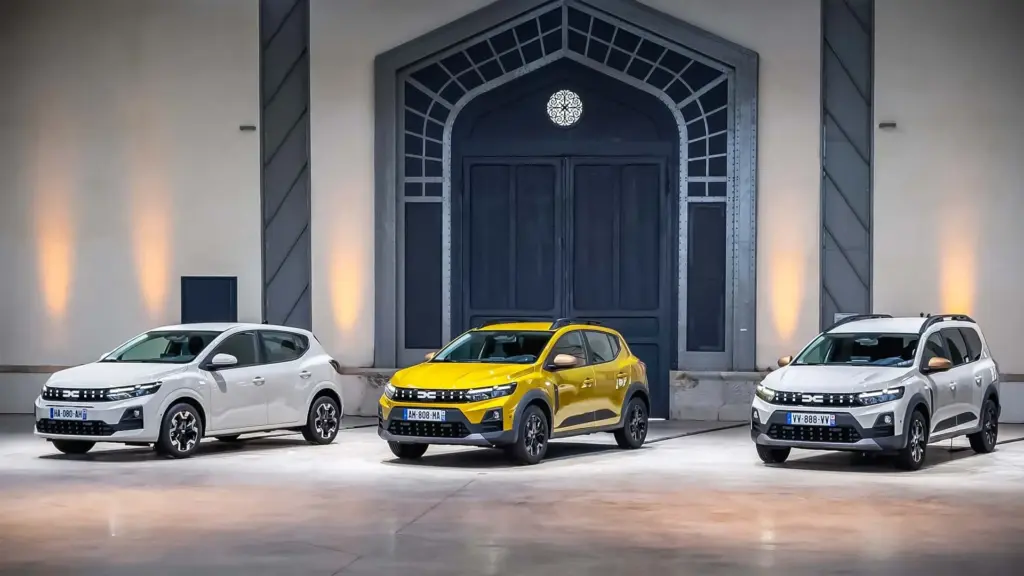The Renault has just surprised the automotive market by presenting three new electric vans that promise to transform the commercial vehicle sector. With a futuristic look and innovative technologies, the Trafic E-Tech Electric, Goelette E-Tech Electric, and Estafette E-Tech Electric models represent the automaker’s commitment to the energy transition, combining bold design, advanced connectivity, and versatility to meet the needs of a constantly evolving market.
Transition to Electric Vehicles
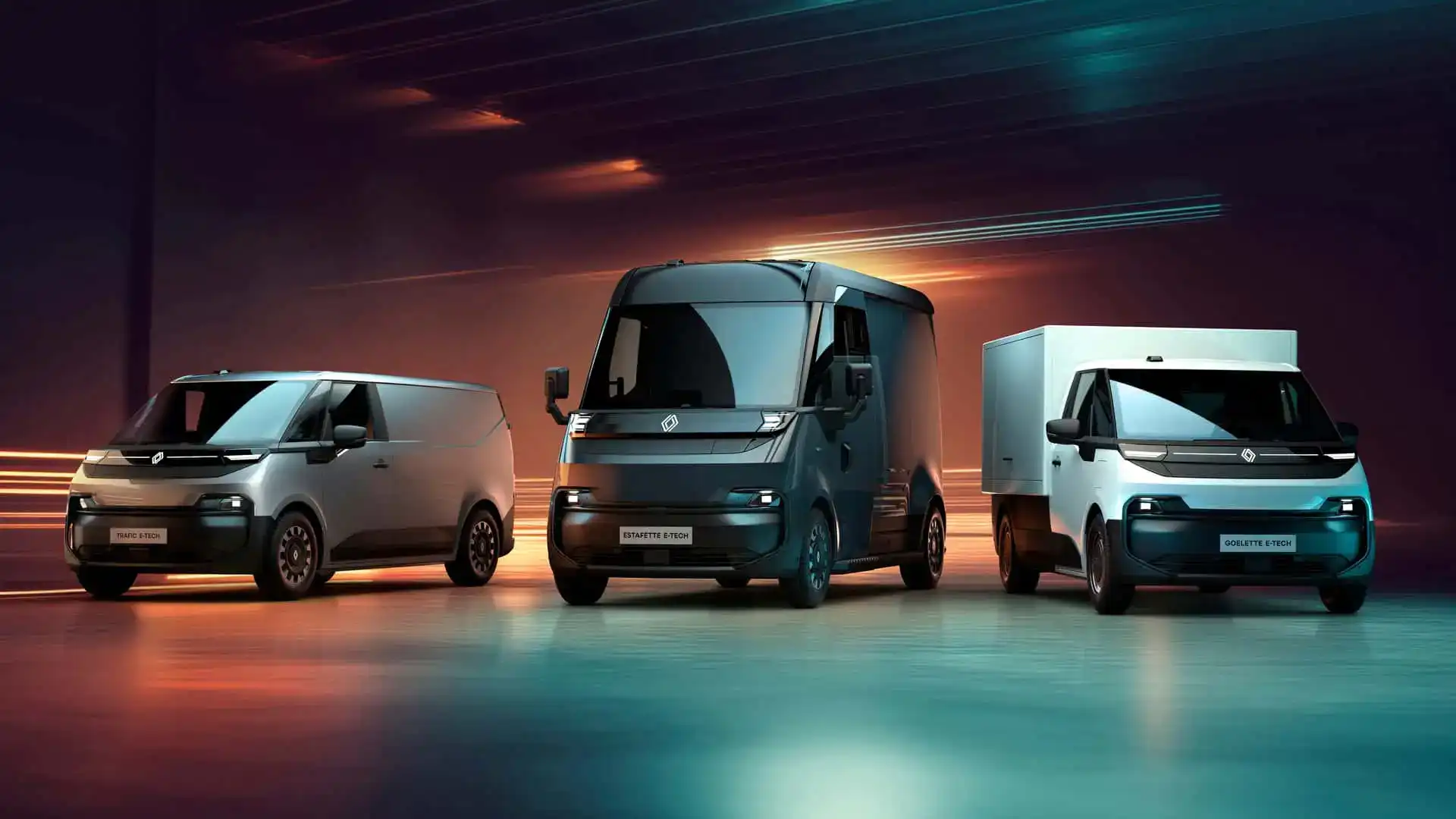
The launch of the new vans reinforces Renault’s commitment to the electrification of commercial vehicles. In a global scenario that demands sustainable solutions, the automaker is positioning itself ahead, investing in technologies that promote the reduction of carbon emissions and optimize operating costs for companies. This initiative not only meets the growing demand for more ecological alternatives but also inaugurates a new era in the segment, where energy efficiency and innovation go hand in hand.
Cutting-Edge Technology: “Skateboard” Platform and SDV Architecture
One of the great differentiators of the new vans is the adoption of the “skateboard” platform combined with SDV (Software Defined Vehicle) architecture. This innovative structure allows for greater flexibility in the design and personalization of vehicles, enabling adaptations ranging from ergonomic improvements to the integration of connectivity and automation solutions. In addition, the platform contributes to the reduction of operating costs, making the models more competitive and attractive to the commercial segment.
Futuristic Design and Innovative Features
Inspired by historical names of the brand, the new vans bring a design that blends the past and the future. Each model has unique characteristics that meet different needs:
Trafic E-Tech Electric
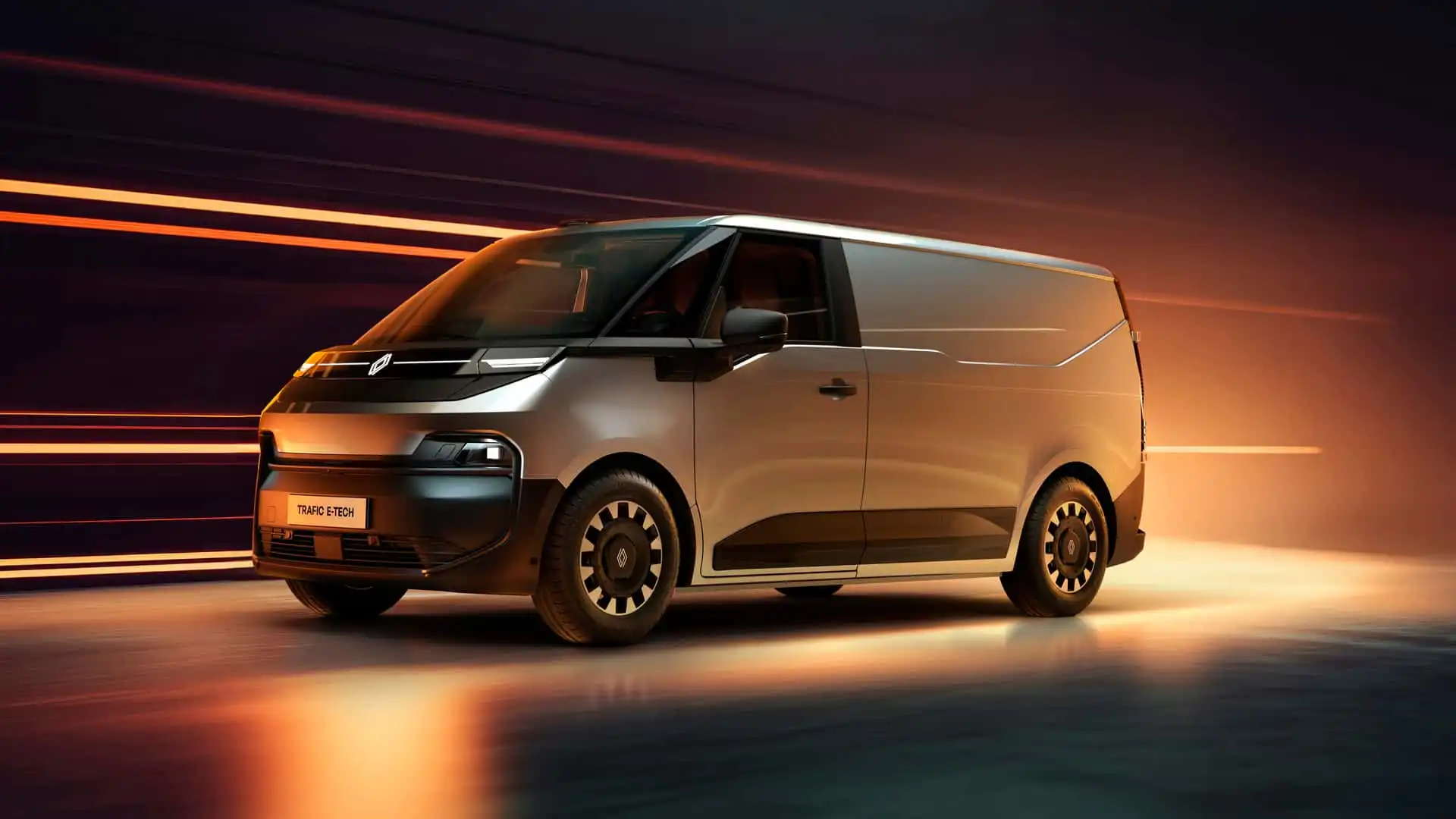
The fourth generation of the Trafic arrives with more modern proportions and a design that refers to the MPV style, offering an extended wheelbase and strategic positioning of the wheels to improve performance. With a height of less than 1.90 m, the model facilitates access to underground parking lots, ideal for urban centers. Its backlit front panel, daytime running lights, and rear doors with asymmetrical curves reinforce the innovative identity of the vehicle.
Goelette E-Tech Electric
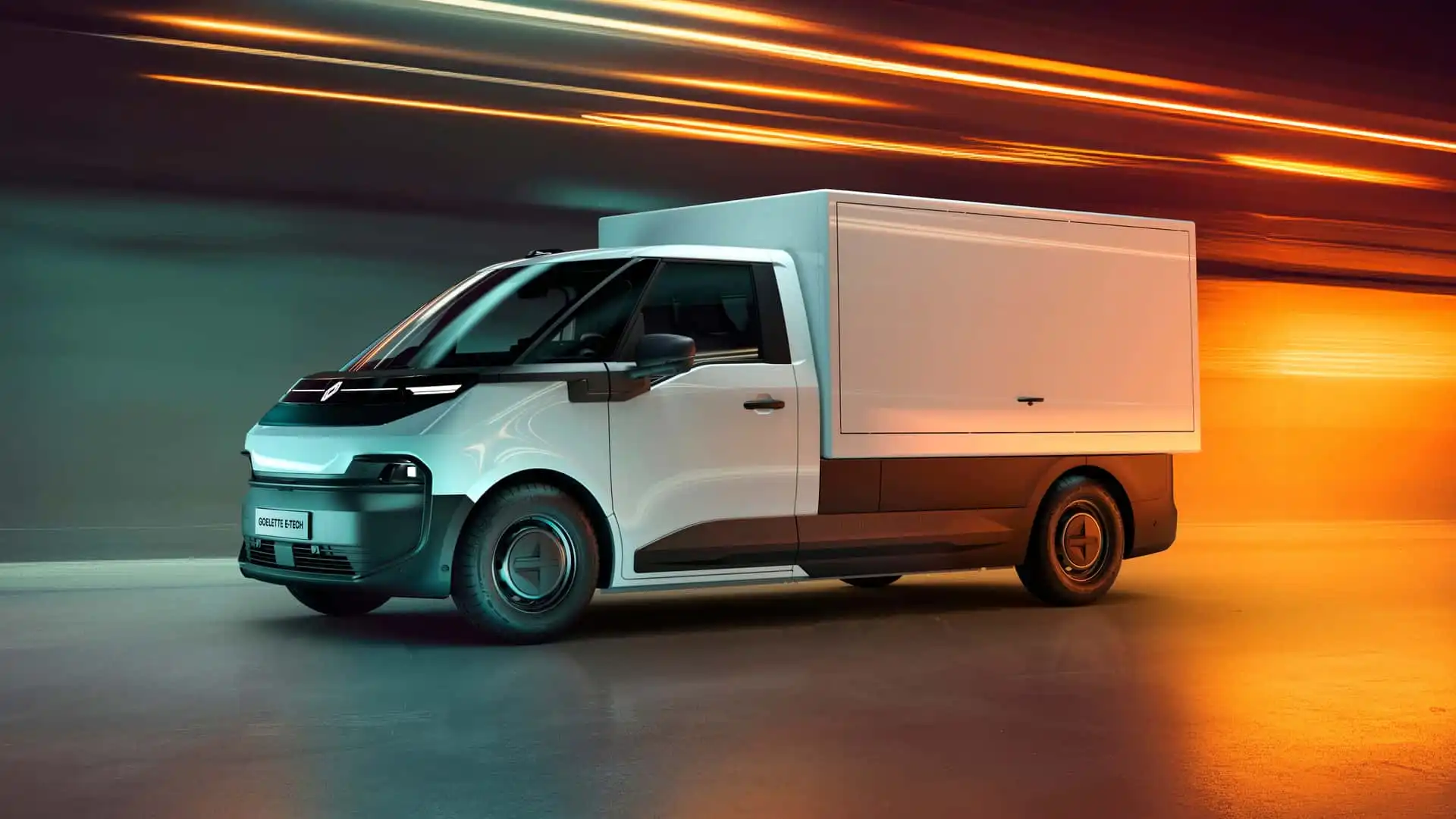
Rescuing a popular name from the 1950s/60s, the Goelette E-Tech Electric is presented in three versions: chassis-cab, van, and tipper. Its front design follows the modern line of the Trafic, but the rear was designed to accommodate custom accessories, meeting a wide range of commercial needs. This versatility makes the Goelette a strategic option for companies looking for adaptable and efficient solutions.
Estafette E-Tech Electric
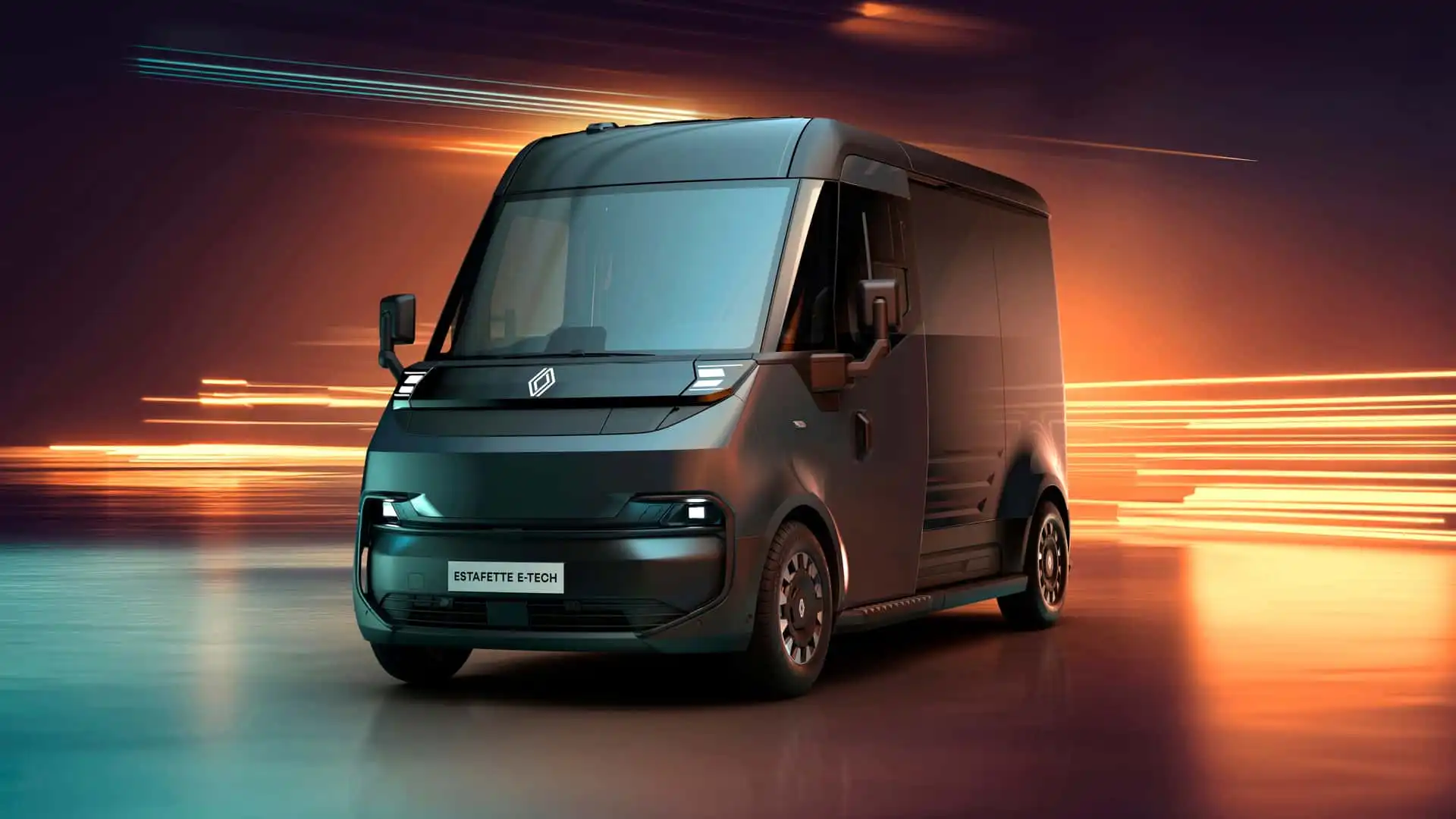
With a proposal that reinterprets the classic van from the 1960s, the Estafette E-Tech Electric was specially adapted for urban logistics. Measuring 5.27 m in length, 1.92 m in width, and 2.60 m in height, the model incorporates a panoramic windshield in three parts, a front light strip, and a sliding side door with an invisible rail. The single-piece roller rear door maximizes cargo space and gives the vehicle a modern and practical touch.
Strategic Partnership and Collaboration with Flexis
The development of these vans is the result of a collaboration with Flexis, an independent company created in partnership between the Renault Group, Volvo Group, and CMA CGM Group. This union of expertise and resources made it possible to create cutting-edge technological solutions, aligning innovation and sustainability. The cooperation between the companies demonstrates how the convergence of different competencies can drive the evolution of electric commercial vehicles.
Production and Future Perspectives
The manufacturing of the new vans will take place at the Sandouville factory in France, with availability on the market expected from 2026. This initiative demonstrates Renault’s ability to anticipate future demands, offering vehicles that not only meet current requirements but also adapt to the technological and environmental changes in the automotive sector.
In summary, the launch of the Trafic, Goelette, and Estafette E-Tech Electric vans marks a decisive step towards the modernization of commercial transport. With futuristic design, innovative technologies, and a flexible platform, Renault reaffirms its commitment to sustainability and efficiency, driving the transition to electric vehicles. This revolution not only modernizes the fleet of commercial vehicles but also redefines the parameters of safety, connectivity, and personalization in the sector.
Renault’s commitment to innovation and sustainability promises to transform the market, paving the way for a future where efficiency and futuristic design go hand in hand with environmental concern and the reduction of operating costs.


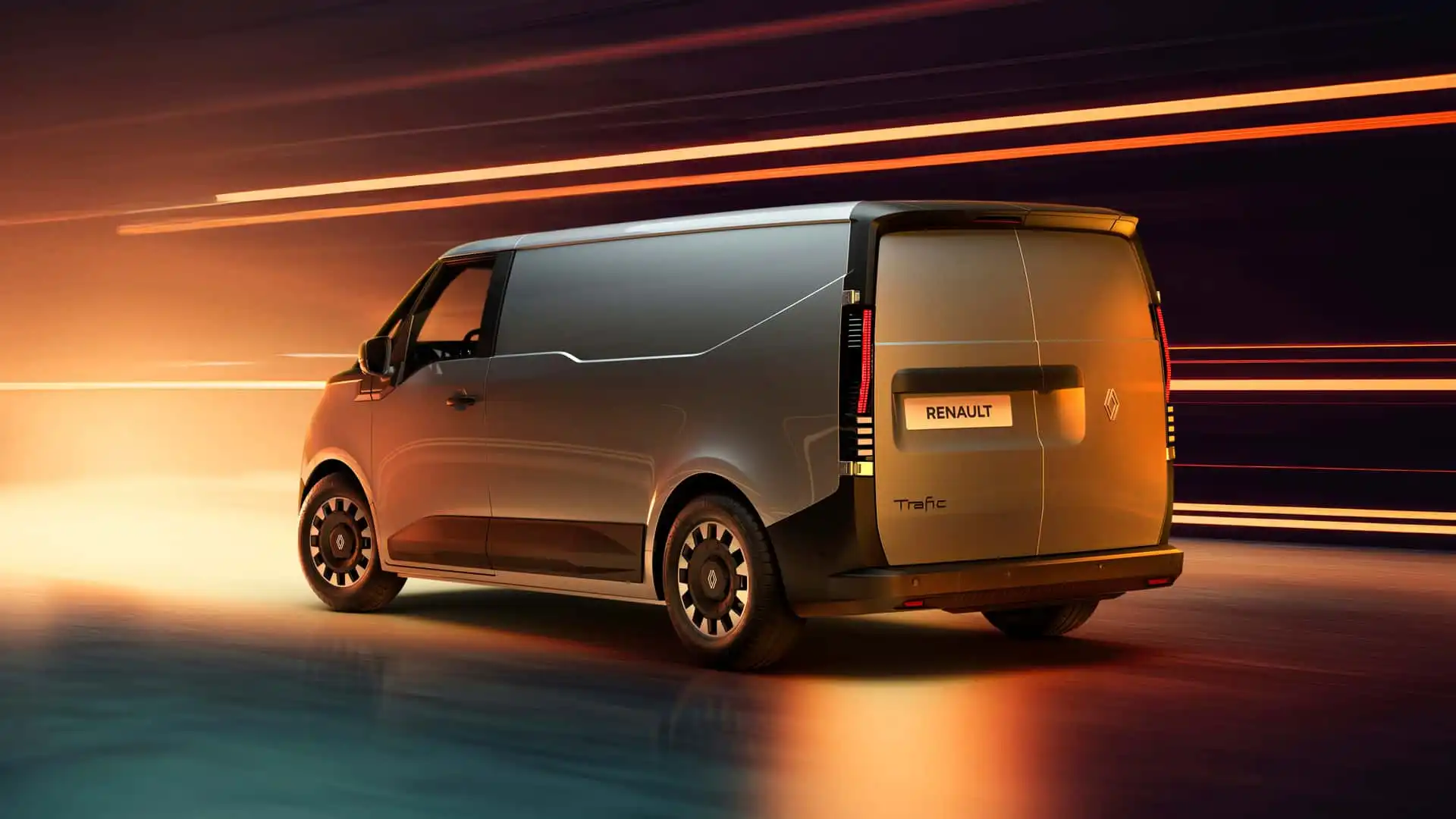
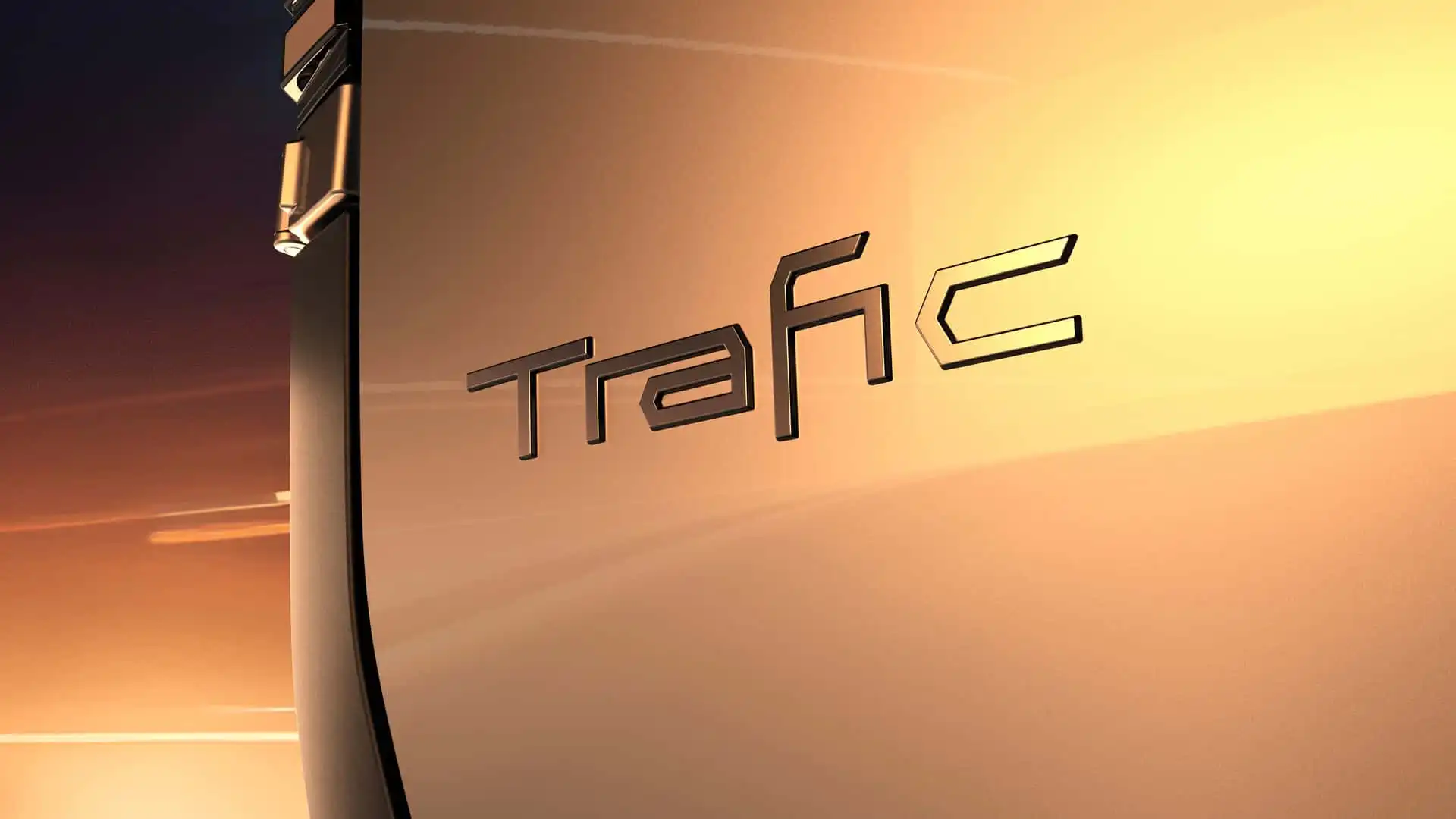


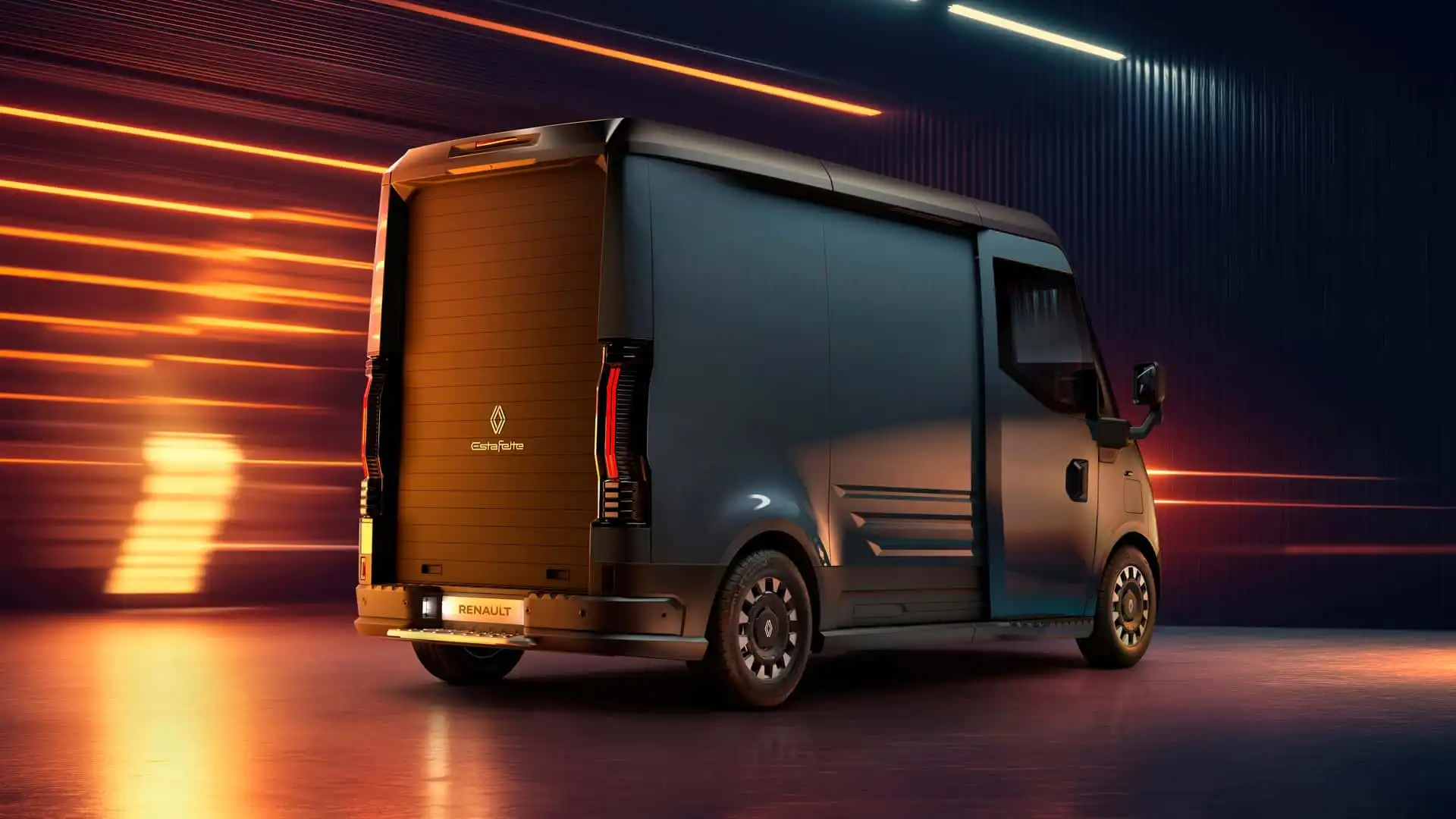
Author: Fabio Isidoro
Founder and editor-in-chief of Canal Carro, he dedicates himself to exploring the automotive universe with depth and passion. A car and technology enthusiast, he produces technical content and in-depth analyses of national and international vehicles, combining quality information with a critical eye for the public.

